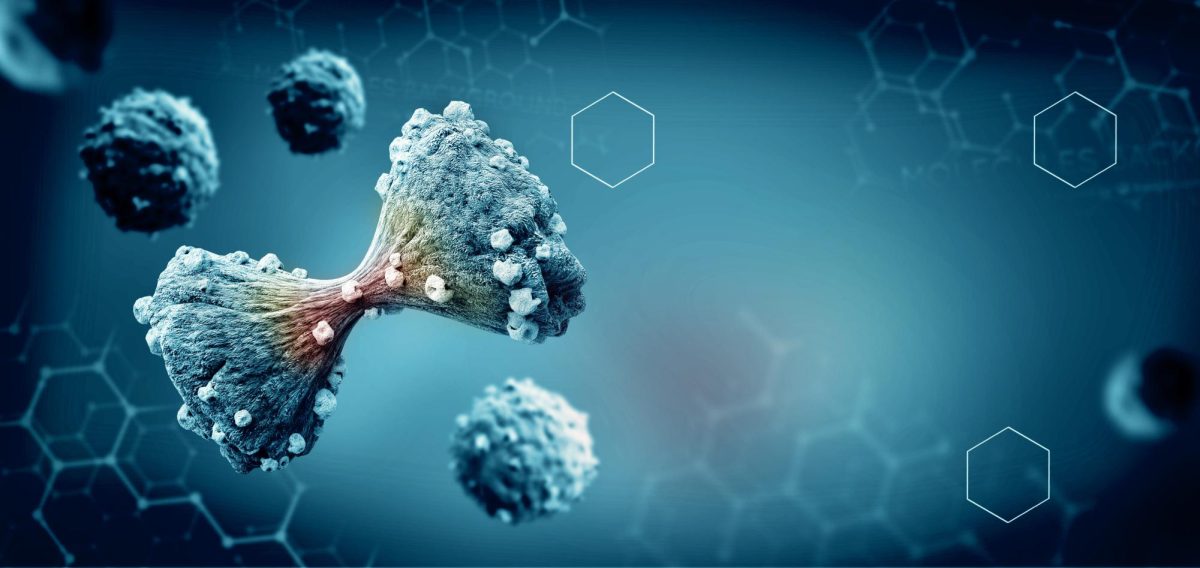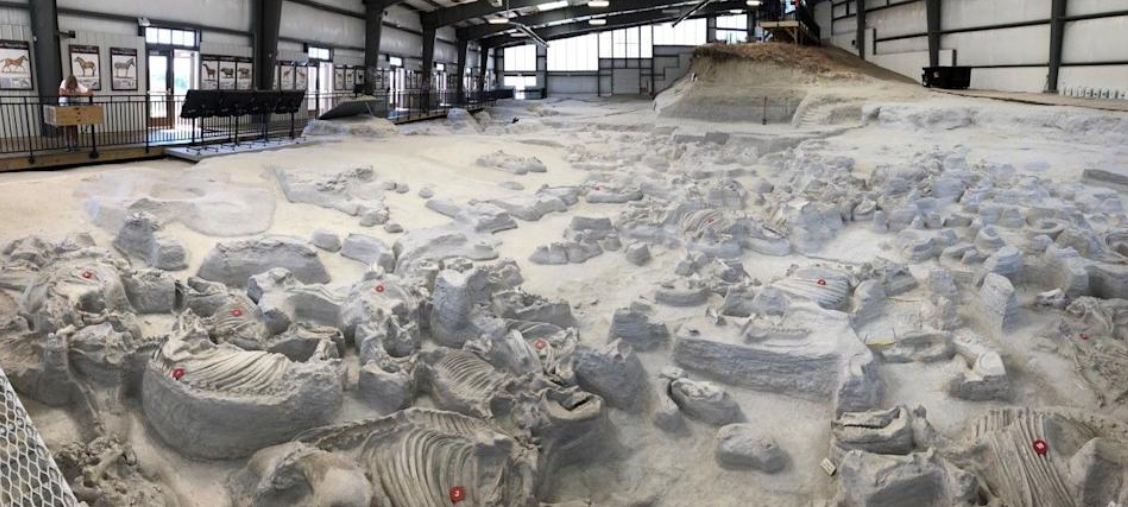As of right now, we are still in the early times of 3D printed organs. This new innovation is still improving, while technology for organ printing is advancing. According of the Health Resources and Service Administration, 17 people die everyday waiting for an organ donation. 3D printing organs would speed up the process of organ transplants. Another benefit of organ printing is that the body of the patient would be less likely to reject a 3D printed organ from it’s body than a donated one because they are created from the patient’s own cells. Organ printing could potentially save the lives of thousands of people.
Cell embedded bio printing was invented by Thomas Boland in 2003. Since then, bioprinting has come a long way. The process of bioprinting starts with generating the cells to bio print. The cells are combined with a living ink, or bioink. This ink is then loaded into syringes, typically layering different types of cells down, until the full organ is printed. After this process is complete, the organ needs to immediately be placed in a bioreactor, until it is ready to be transplanted into the patient.
Although organ printing is just evolving, in a decade or so, has the possibility to overcome organ donating. Until then, the best thing we can do for these patients in need is researching into organ donating to see if we are comfortable in donating and able to.
RELATED STORIES:
https://www.organdonor.gov/learn/organ-donation-statistics
https://www.ncbi.nlm.nih.gov/pmc/articles/PMC9088731/
https://fortune.com/well/2023/02/15/3d-printed-organs-may-soon-be-a-reality/
https://wyss.harvard.edu/technology/3d-bioprinting/
TAKE ACTION:
Becoming or helping someone become an organ donor is a large, greatly beneficial step to take for those in need.
https://www.organdonor.gov/sign-up





